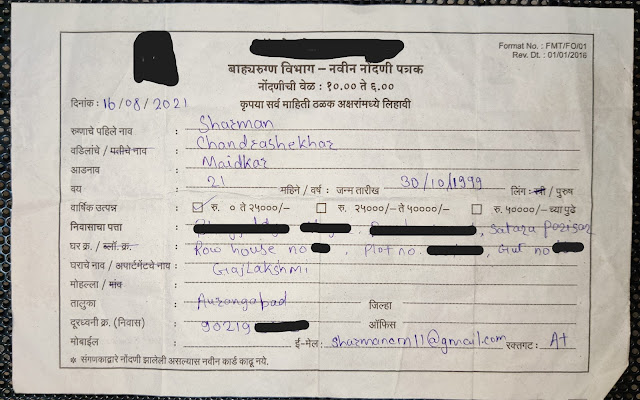Fitts's Law: The Key to Designing Effective User Interfaces
Fitts's law is a predictive model used to determine the time required for a user to reach a target on a user interface. This law applies to any input device, such as a mouse, touchpad, or trackpad, required for designing user-friendly and efficient interfaces.
What is Fitts's Law?
Fitts's law was first introduced in 1954 by Paul Fitts, a psychologist. It states that "the time to acquire a target is a function of the distance to and size of the target." Meaning that the time required to move to a target depends on the distance to the target and the size of the target. The larger the target and the closer it is, the faster the user can reach it.
Fitts's law has become a crucial principle for designers to consider when creating user interfaces. Designers can ensure the interfaces designed are optimized for quick and efficient use, resulting in better user experiences. Let's take a real-life example, brake pedals in cars are bigger than the acceleration pedal and closer to you, making it faster and easier to hit in an emergency.
Fitts's Law Examples
If you are designing a website, remember you are creating for different devices. Think about how you can apply Fitts's law. When it comes to designing user interfaces, Fitts's law has several implications. Here are a few examples:
Increase Target Size
Fitts's law suggests that the larger the target, the easier it is to reach. Therefore, designers should aim to increase the target size of frequently used elements, such as buttons or icons, to make them easier to hit. A larger target size also reduces the likelihood of accidental clicks or taps, leading to a more efficient and seamless user experience.
Reduce Distance
The law also states that the closer the target, the easier it is to reach. As a result, designers should place frequently used elements closer to the user's point of interaction, such as moving menu items closer to the edge of the screen. It reduces the time and effort required to move the cursor to the target, leading to a more streamlined and efficient user experience.
 |
| It is faster to hit larger targets closer to you than smaller targets further from you. |
Consider Input Devices
Different input devices have different levels of precision and accuracy. For example, a mouse is generally more precise than a touchpad. Designers should consider when designing interfaces as a more accurate input device can allow for smaller targets and greater distances, while less accurate devices may require larger targets and closer distances.
Feedback
Feedback is crucial in user interface design, and Fitts's law supports this idea. By providing visual or haptic feedback when a user hits a target, designers can help users understand where they are on the interface, leading to more accurate and efficient interactions.
 |
| Fitts's law is backed up by science. Paul Fitts made an equation. |
In conclusion, Fitts's law is a crucial principle for designers to consider when creating user interfaces. Considering the size and distance of targets, designers can optimize their interfaces for quick and efficient use, resulting in better user experiences. By following these principles, designers can create intuitive, user-friendly, and optimized interfaces for a variety of input devices.








Comments
Post a Comment